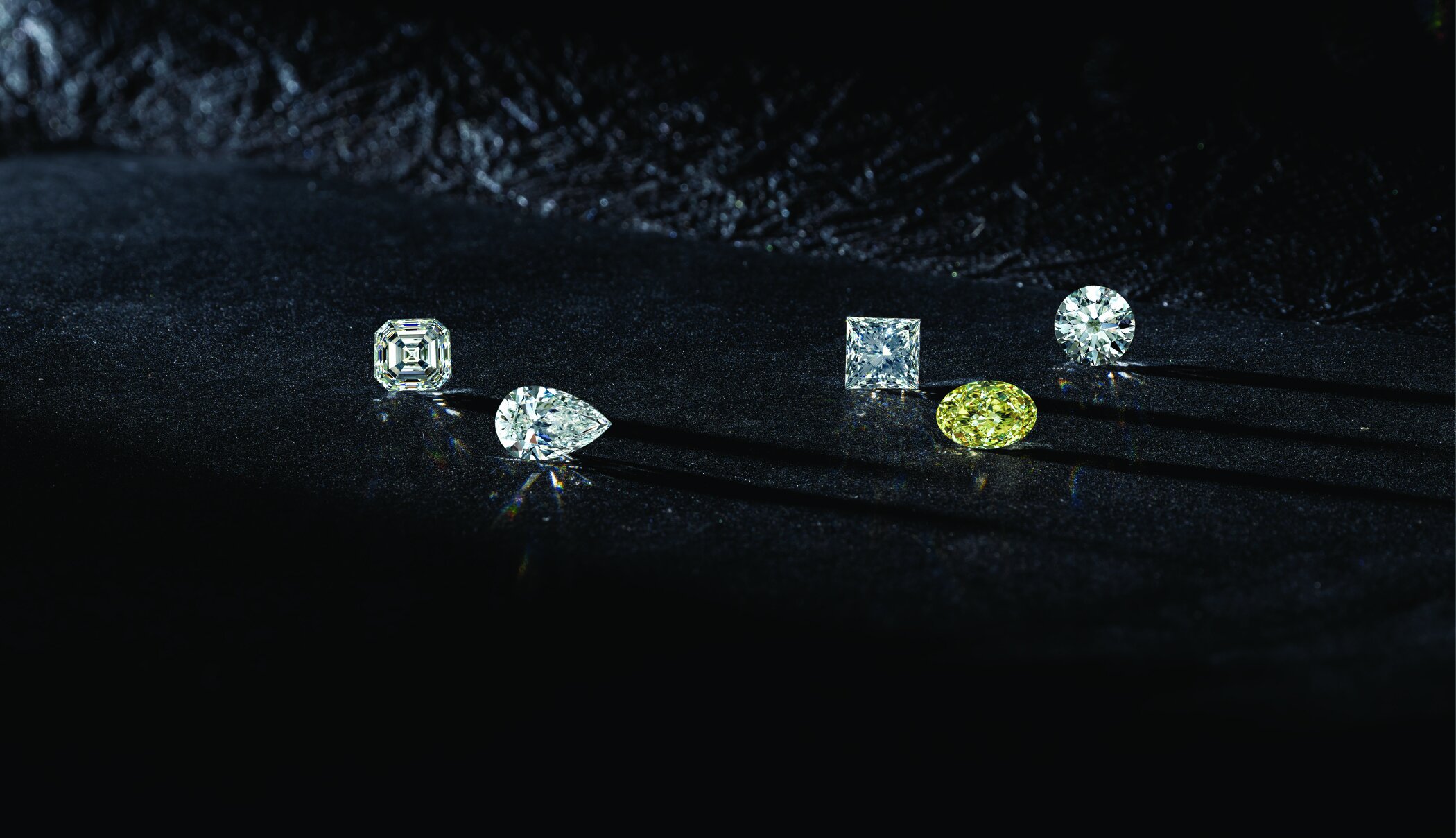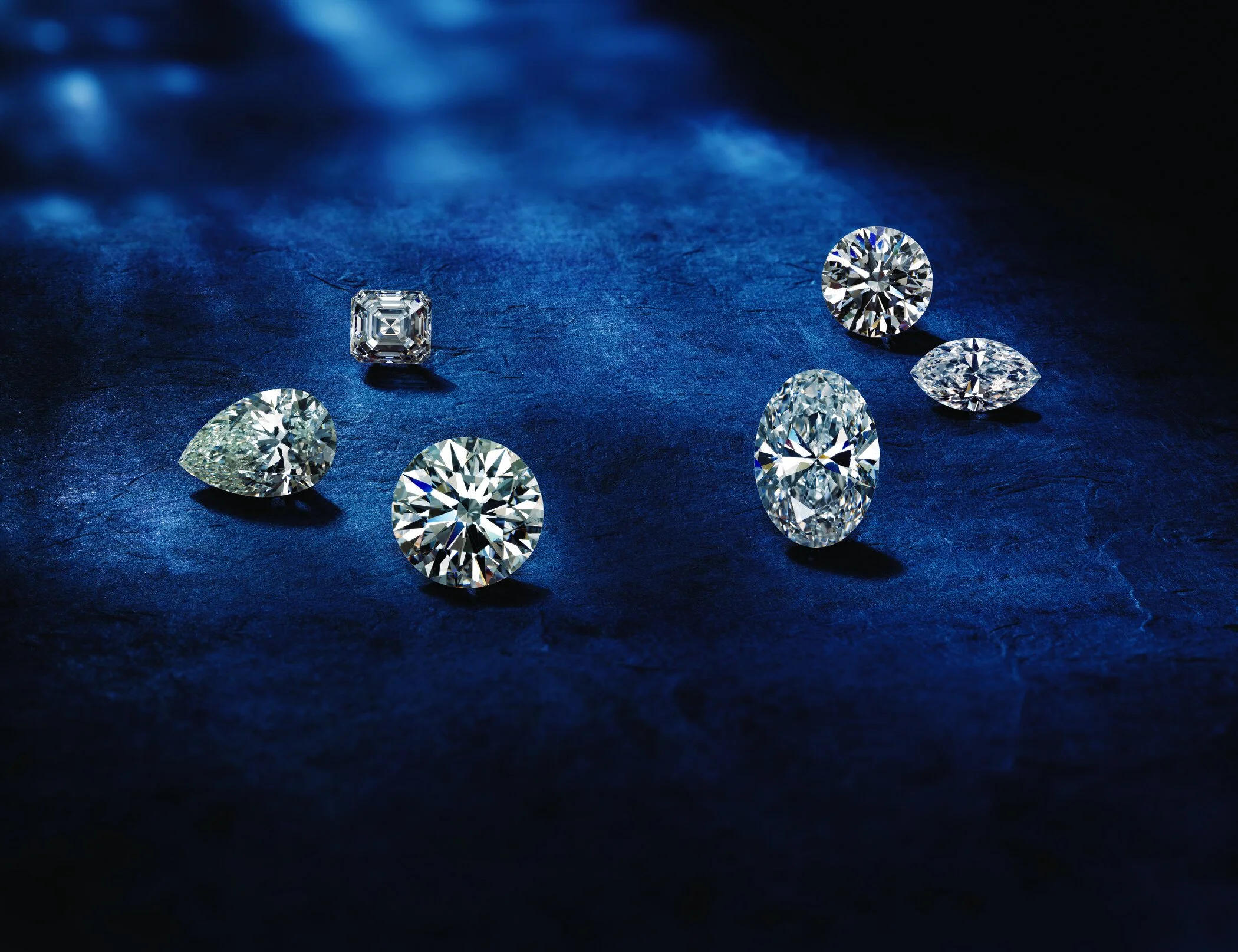How Are Lab-grown Diamonds Created?
Lab-grown diamonds are an increasingly popular, attractively priced center stone option. In the past few years, we’ve seen a growing trend among consumers toward interest and acceptance of lab-grown diamonds.
In July 2019, MVI Marketing asked 1,154 millennial consumers aged 21–36 if they’d consider a lab-grown diamond for the center stone of their engagement ring. A whopping 67% said yes — and 21% said maybe.
Remember, your knowledge gives you the opportunity to build trust. At Form To Feeling, we want you to feel empowered through education in the industry.
So, what’s the difference between natural and lab-grown diamonds?
Diamond Types
Natural diamonds built the industry, and you can say they are pretty timeless: they formed 1.0 to 3.5 billion years ago. Their age and their unrivaled cultural symbolism — “a diamond is forever” — support their long-standing appeal.
Based on their impurities, all diamonds are divided into two types:
Type I Diamonds
Type I diamonds contain nitrogen and account for 98% of natural diamonds. According to the cluster arrangement of those nitrogen atoms, this category is further subdivided into two types: Type 1a and Type 1b.
Type 1a diamonds are plentiful, and their color varies from near-colorless to light yellow.
Type 1b diamonds are rare and typically strong yellow in color.
Type II Diamonds
Type II diamonds have no measurable level of nitrogen and account for only 2% of natural diamonds. Then, they are further subdivided. If containing boron, diamonds are Type IIb. If not, they are Type IIa.
Type IIa diamonds have no measurable levels of nitrogen or boron. They are usually colorless but also come in shades of light brown. Many of the world’s historical diamonds — like the Cullinan and the Koh-i-Noor — are type IIa.
Type IIb diamonds — unlike all other types — conduct electricity and exhibit beautiful blue or blue-gray shades due to the presence of boron. The Hope Diamond is the most famous type IIb diamond. *NOTE: Some IIb diamonds with trace amounts of boron remain colorless, yet still conduct electricity. Likewise, Moissanite is electrically conductive. Because of this, probe-type testers measuring for conductivity may falsely call out type IIb diamonds as Moissanite.
That’s quite a range for diamonds to fall into, but what about lab-grown diamonds? As it turns out, they play by slightly different rules — solely thanks to the method in which they’re grown.
Lab-Grown Diamonds
Lab-grown diamonds exhibit the same optical, physical, and chemical properties as natural diamonds. Unlike natural diamonds, which can be either type I or type II, all colorless lab-grown diamonds are type II.
While it is impossible to detect lab-grown diamonds by sight, the growing process leaves behind evidence of any diamond’s origin. Advanced screening and testing equipment is necessary here. No matter how educated your Gemologist or Jeweler is, they cannot tell the difference between lab grown and natural diamond without proper testing.
So, How Are Lab-Grown Diamonds Created?
Lab-Grown Diamonds are not simulants. Scientists create them in a lab. They start with rough crystals and are grown using either HPHT (High Pressure High Temperature) or CVD (Chemical Vapor Deposition) — sometimes both methods. Lab-Grown Diamonds can cost 30-50% less than Natural Diamonds and are chemically identical to their diamond counter parts.
Lab-grown diamonds got their start in the ‘50s with General Electric — yes, the power company. Although General Electric (specifically, H. Tracy Hall, but that’s a story for another day) pioneered lab-grown diamonds, they grew these diamonds through just one process. Today, there are two. We’ll start with the first.
Chemical Vapor Deposition (CVD)
The CVD process was invented first— in 1952 by William Eversole at Union Carbide. This process allows diamonds to grow in an entirely different way than the HPHT process. CVD starts with a natural diamond slice (or seed) placed in a chamber and exposed to less extreme temperatures (approximately 1,200–3,000 degrees Fahrenheit) and lower pressure (100 – 550 PSI).
Recent advancements have made this growth process more advantageous. Methane and hydrogen gas are injected into the chamber and combined with high heat. The electrons separate, forming plasma gas. The freed carbon then rains down on the seed, growing new diamond crystals. Typically, this process produces brown or gray diamonds, which are turned colorless through an HPHT annealing process. This process takes several days to a few weeks.
High-Pressure High-Temperature (HPHT)
The HPHT process grows diamonds using diamond presses, machines that mimic the extreme conditions that form diamonds within Earth’s upper mantle: intense pressure (725,000 – 870,000 PSI) and intense heat (2,300–2,900 degrees Fahrenheit). In this process, diamond source powder dissolves in molten metal flux and deposits on diamond seed crystals.
This process dates back to 1954. By the 1970s, General Electric started commercially producing “gem-quality” HPHT lab-grown diamonds. In the following years, General Electric and other companies grew larger sizes of non-gem-quality diamonds strictly for industrial use. Since then, HPHT technology has come a long way, now growing lab-grown diamonds for use in jewelry. This process takes several days to a few weeks.
What’s Best For You?
Well, that is for you to decide! However, we are here to provide you with education, and are even able to have lab grown and natural diamonds available for you to compare and see for yourself. So book your appointment today, and let’s get started on your project. We can’t wait to meet you!



